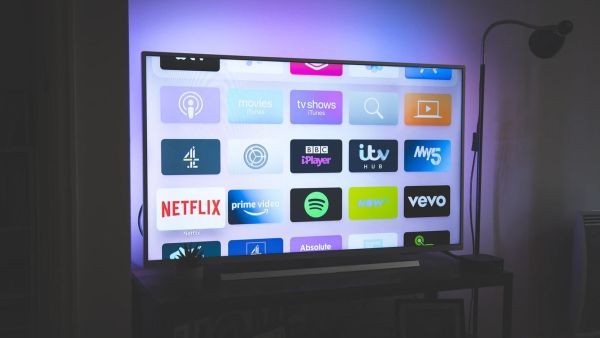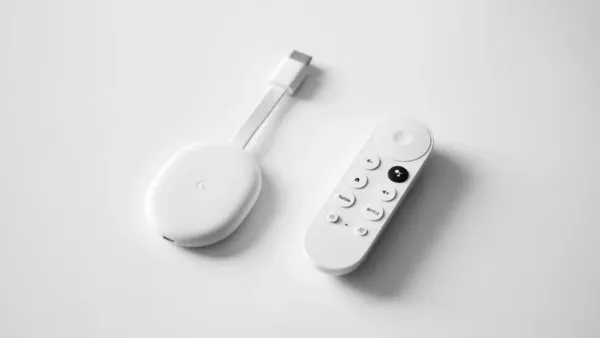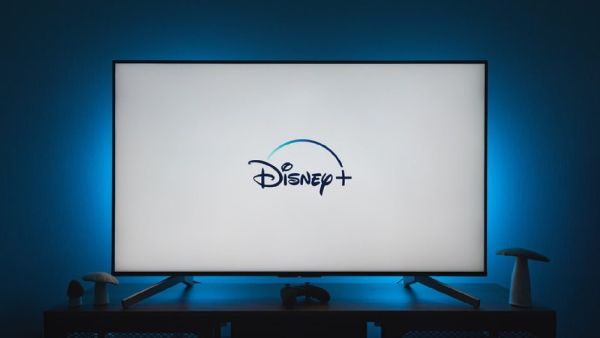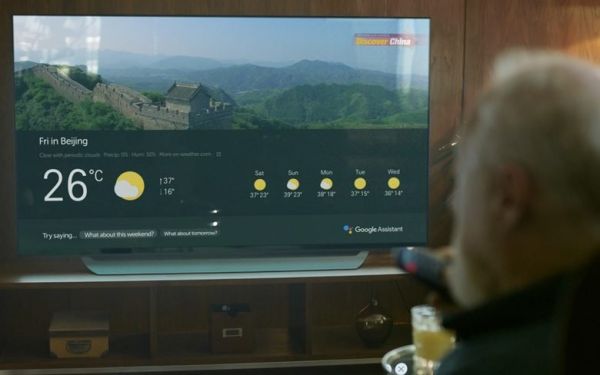
The rise of streaming platforms has changed how people watch movies, shows, and live events. To enjoy these services, a reliable streaming device, whether a stick, dongle, or set-top box, is essential for modern home entertainment. These devices not only give access to multiple apps, but they also improve picture quality, sound, and convenience in a home theater setup.
Streaming devices connect online content to your TV. Most smart TVs have built-in apps, but dedicated devices usually perform faster, offer more updates, and have larger app collections. They also include features like voice control, gaming, and smart home integration. The most popular choices are from brands like Roku, Amazon, Google, and Apple, each with its own strengths.

Roku remains a favorite for households that value neutrality and wide app support in home entertainment setups. Roku has earned its reputation for simplicity and wide app support. Its platform offers thousands of channels, including major ones like Netflix, Disney+, and Prime Video, as well as niche services.
Roku Streaming Stick 4K is compact and affordable. This stick supports 4K, HDR10+, and Dolby Vision for better video quality. The voice remote has TV power and volume controls, which makes it easy for everyday use.
Roku Ultra is built for performance. It includes Ethernet connectivity for stable streaming, Dolby Atmos audio support, and a remote finder.
Roku’s main advantage is its platform neutrality. Unlike competitors that push their own content, Roku focuses on providing equal access to many apps. This makes it a great choice for households with multiple subscriptions.
Amazon’s Fire TV devices are particularly attractive for those who already use Alexa smart home products.

Fire TV Stick 4K Max: This is one of the most powerful streaming sticks on the market. It supports 4K UHD, Dolby Vision, HDR10+, and Dolby Atmos. It also has Wi-Fi 6 support for better streaming with modern routers.
Fire TV Cube: This device is a mix between a streaming box and an Alexa smart speaker. The Cube allows hands-free voice control and can serve as a central hub for smart home devices. It features HDMI input passthrough, which lets users control compatible cable boxes or sound systems using their voice.
The Fire TV interface promotes Amazon Prime Video content, but its app store offers a wide range of options. For those using Alexa, Fire TV provides smooth voice commands. You can search for movies or dim smart lights before watching.
Google’s Chromecast has changed from a basic casting device to a complete streaming platform.

Chromecast with Google TV (4K and HD models) combines traditional casting with the Google TV interface. This interface gathers content suggestions from various apps. Google Assistant is included, enabling voice control for searches and smart home tasks.
Chromecast is especially beneficial for users deeply integrated into the Google ecosystem, like those with Nest speakers, Android phones, or YouTube TV. Its customized recommendations and stylish design make it a tough rival to Roku and Fire TV.
Apple TV devices are designed for users who want excellent performance and a strong connection with the Apple ecosystem.
Apple TV 4K (3rd Gen) comes with the A15 Bionic chip. This box offers smooth navigation, quick app performance, and support for 4K, HDR10+, Dolby Vision, and Dolby Atmos. It works well with other Apple devices, allowing features like AirPlay, HomeKit controls, and Fitness+ workouts on the larger screen.
Although Apple TV costs more than many competitors, it’s perfect for homes with iPhones, iPads, or Macs. Its polished interface, gaming options through Apple Arcade, and connection with iCloud Photos make it more than just a streaming device.
For experienced users, the Nvidia Shield TV is one of the most powerful streaming devices out there.
It runs on Android TV and gives access to the Google Play Store. It also supports AI upscaling, which improves HD video quality on 4K displays.
The Shield TV features Dolby Vision, Dolby Atmos, and GeForce NOW for cloud gaming. This makes it a great option for gamers who also want a solid media device.
Its high price is aimed at enthusiasts, but for those looking for strong features, performance, and gaming options, the Shield TV beats most competitors.

With so many options available, choosing the right device depends on your needs. Important factors to consider include:
a. Video and Audio Quality: Make sure the device supports 4K and HDR formats, including HDR10, HDR10+, and Dolby Vision. Look for audio standards like Dolby Atmos for the best cinematic experience.
b. Ecosystem Integration: Pick a device that fits well with your smart home setup, such as Alexa, Google Assistant, or Apple HomeKit.
c. Connectivity: Check for Ethernet ports or Wi-Fi 6 support if your household frequently streams high-bandwidth content.
d. Interface and Usability: Some platforms, like Roku, focus on being neutral, while others promote their own services.
e. Extra Features: Think about gaming support, smart home control, or unique features such as hands-free voice commands.
Budget-Friendly Options for Casual Viewers
Not every user needs top performance. Entry-level models like the Roku Express, Fire TV Stick Lite, and Chromecast with Google TV (HD) provide stable streaming at 1080p resolution. These options are suitable for secondary TVs or casual users who want to access popular apps without spending a lot.

Streaming devices are changing from basic media players into complete smart home hubs. Future improvements will probably focus on better AI-driven content suggestions, cloud gaming, integration with augmented reality, and more capable voice assistants. Devices might also lessen the need for remotes, using natural voice or gesture controls instead.
The best streaming device depends on a household’s setup, performance needs, and budget. Roku offers simplicity and neutrality. Amazon Fire TV works well for Alexa users. Google Chromecast integrates easily with Android and Google services. Apple TV delivers premium performance and supports the Apple ecosystem. Nvidia Shield TV is popular among enthusiasts and gamers.
By looking at features like 4K support, audio quality, ecosystem compatibility, and extra functions, consumers can choose the right device to turn their living room into a smart home theater.